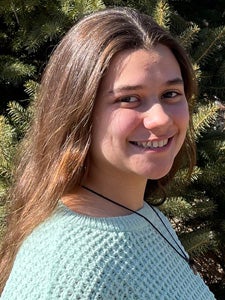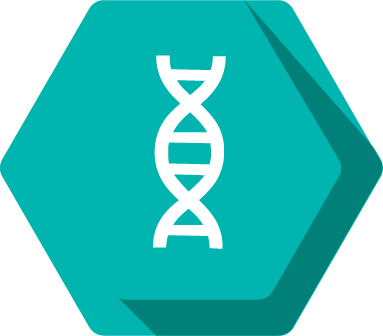Maria Ciarelli

Pronouns: she/her
Research Mentor(s): Ariella Shikanov, Associate Professor
Research Mentor School/College/Department: Biomedical Engineering, College of Engineering
Presentation Date: Thursday, April 22, 2021
Session: Session 4 (2pm-2:50pm)
Breakout Room: Room 17
Presenter: 2
Abstract
Improvements in cancer treatments have led to the increase of cancer survival rates in recent decades. While these treatments are life-saving, they have cytotoxic effects on the ovaries, thus depleting the ovarian follicle supply. The number of follicles in the ovaries is nonrenewable, leading to premature ovarian insufficiency (POI). In vitro follicle culture could serve as a broad fertility preservation option for these patients, but much is still unknown about the mechanisms driving early follicle development. Single cell sequencing of ovarian tissue from deceased donors can be used to characterize the role of stromal cells in follicle development as well as transcriptional differences between follicles at the different stages of development. To verify the cell populations identified using single cell sequencing we will use hematoxylin and eosin (H&E) and immunofluorescent staining to characterize the spatial landscape of follicles and stroma in donor ovarian tissue. I will quantify follicles at different stages of development across donors and use immunofluorescent staining to validate and support the sequencing data. This work will deepen our understanding of follicle development and supporting cell types, leading to development of human follicle culture systems and a broad fertility preservation option for cancer survivors.
Authors: Maria Ciarelli, Andrea Jones, Ariella Shikanov
Research Method: Laboratory Research with Animals







